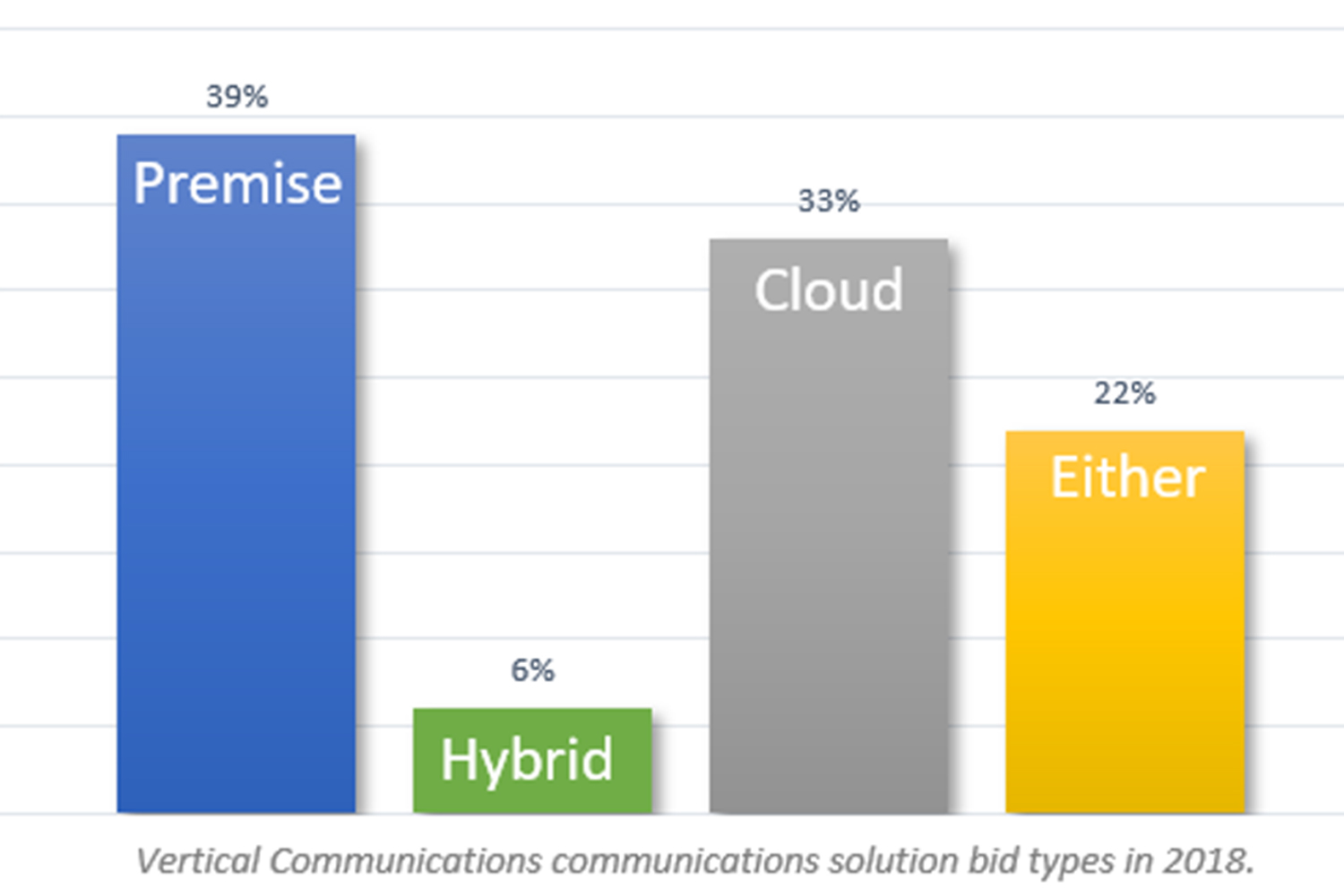The Value of Selecting a Phone System Provider that Uses Voice Quality Measurement (VQM) Tools

Key Metrics of Voice Quality Measurement Tools
Imagine the time has come for you to select a new phone system provider. You begin perusing your options online and find that you have a wide variety of features to select from. You can take your pick from features like unified communications, video collaboration, and more. But selecting a new phone system requires more than outlining your wish list of communications features. More important is selecting a phone system that provides reliable, quality communications no matter the circumstance.
Phone providers, such as Vertical, employ a variety of methods to ensure reliable and quality communications. Quality communications ensure that you experience clear audio, consistent communications without cutting in and out, and more. A particularly important tool to guarantee good communications is Voice Quality Measurement (VQM).
Understanding VQM
In simple terms, “VQM is advanced monitoring used to mitigate and resolve issues before they become catastrophic.” There are two methods of VQM, Active Testing and Passive Analyzing. Vertical Communications utilizes both methods. With Active Testing, packet monitoring occurs by sending voice “packets” back and forth from the server to your phone system and constantly monitoring and reporting on their quality. This way the VQM provider knows about the issues before the end user reports them. Passive analysis refers to the analysis of live call quality. Using this model, the VQM provider is able to constantly monitor any and all packets traversing their network for issues, and fix them before it impacts the user.
Voice Quality Metrics
Selecting a provider that uses VQM is only half the battle. It’s also important to select a provider that measures specific metrics. Measuring specific metrics adds to the information that can be received from active testing and passive analyzing. If your phone provider only reviews certain metrics, they’re only measuring half of the story, which could jeopardize your communications quality.
Bandwidth
Bandwidth refers to the total capacity of your internet WAN connection. The amount of bandwidth that your internet connection has directly correlates to your download and upload speeds, which will impact the voice quality of your company calls. While bandwidth isn’t something that is necessarily provided by your phone provider, it is something that they should take into account during the discovery process for your phone system. Dedicated phone service providers take a look at the entire picture of your communications ecosystem, which will allow them to make recommendations to improve phone system and voice quality as well as to provide you with a price point within your budget.
Jitter
Jitter refers to the timing gaps between data packets being sent out via the internet. The worse your jitter is, the higher the millisecond count. Low, or even nonexistent, jitter is best. Jitter is measured by your phone provider directly. Jitter measurement isn’t a onetime thing. It should be constantly monitored to ensure that your voice quality is always high.
Latency
Latency is the second part of the voice quality story, which refers to how “fast” your connection to another party is. In this situation, a lower latency number is always better. Like bandwidth, latency is something that is impacted by your internet connection. Your phone service provider should review latency metrics during the discovery process for your phone system. Remember, dedicated phone service providers take a look at the entire picture of your communications ecosystem, which will allow them to make recommendations to improve phone system and voice quality as well as to provide you with a price point within your budget.
Packet Loss
Packet loss refers to when words or even sentences are missing from your phone conversations. Or, as users often say, when their phone calls are cutting in and out. A good connection should have zero packet loss. Like jitter, packet loss is something that should be constantly monitored by your phone provider.
Industry Standard Measurements
To ensure that phone users receive the best communications possible, the telecommunications industry has created a set of standard measurements for quality communications. To ensure that you have a clear view of how your system is performing, and proper metrics to analyze when you’re experiencing issues, it’s critical that KPIs reported and analyzed along the delivery path leverage the same industry standard measurements in your internal calculation methodologies. Your phone provider should guarantee that your tools and devices are all ITU-T P.564 compliant and have implemented ETSI TS 101 329-5 Annex E.
And that’s it! While selecting a quality phone provider may seem like a lot of information to digest, it doesn’t have to be. By breaking down the ins and outs of quality phone communications, you will be able to understand what a phone system has to offer you and who a quality provider is. To learn more about how Vertical can ensure your call quality with iPECS Cloud and VQM, get connected with a Vertical Representative.



